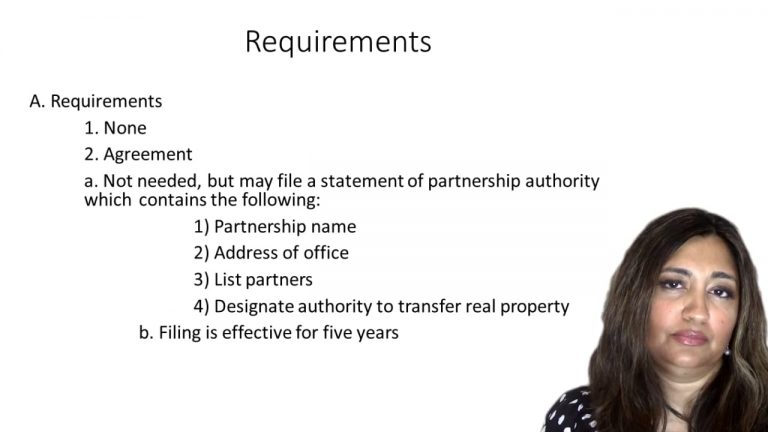SmartBrief
Confirm favorite deletion?
Corporations Keyed to O’Kelley
Donahue v. Rodd Electrotype Co.
Citation:
328 N.E.2d 505 (1975)Facts
In 1935, the defendant, Harry C. Rodd, began his employment with Rodd Electrotype. In the years preceding 1955, the parent company, Royal Electrotype, made available to Harry Rodd and Joseph Donahue shares of the common stock in its subsidiary, Royal of New England. A special meeting of the stockholders of the company was held on March 1971, tentative results of an audit conducted by the company auditors and reported generally on the company events of the year. For the first time, Donahue learned that the corporation had purchased Harry Rodd’s shares. According to the minutes of the meeting, the Donahues raised questions about the purchase. They then voted against a resolution, ultimately adopted by the remaining stockholders, to approve Charles Rodd’s report.A few weeks after the meeting, the Donahues offered their shares to the corporation on the same terms given to Harry Rodd. Plaintiff has characterized the corporate purchase of Harry Rodd’s shares as an unlawful distribution of corporate assets to controlling stockholders. She urges that the distribution constitutes a breach of the fiduciary duty owed by the Rodds, as controlling stockholders, to her, a minority stockholder in the enterprise, because the Rodds failed to accord her an equal opportunity to sell her shares to the corporation.
Only StudyBuddy Pro offers the complete Case Brief Anatomy*
Access the most important case brief elements for optimal case understanding.
*Case Brief Anatomy includes: Brief Prologue, Complete Case Brief, Brief Epilogue
- The Brief Prologue provides necessary case brief introductory information and includes:
Topic:
Identifies the topic of law and where this case fits within your course outline.Parties:
Identifies the cast of characters involved in the case.Procedural Posture & History:
Shares the case history with how lower courts have ruled on the matter.Case Key Terms, Acts, Doctrines, etc.:
A case specific Legal Term Dictionary.Case Doctrines, Acts, Statutes, Amendments and Treatises:
Identifies and Defines Legal Authority used in this case.
- The Case Brief is the complete case summarized and authored in the traditional Law School I.R.A.C. format. The Pro case brief includes:
Brief Facts:
A Synopsis of the Facts of the case.Rule of Law:
Identifies the Legal Principle the Court used in deciding the case.Facts:
What are the factual circumstances that gave rise to the civil or criminal case? What is the relationship of the Parties that are involved in the case.Issue(s):
Lists the Questions of Law that are raised by the Facts of the case.Holding:
Shares the Court's answer to the legal questions raised in the issue.Concurring / Dissenting Opinions:
Includes valuable concurring or dissenting opinions and their key points.Reasoning and Analysis:
Identifies the chain of argument(s) which led the judges to rule as they did.
- The Brief Prologue closes the case brief with important forward-looking discussion and includes:
Policy:
Identifies the Policy if any that has been established by the case.Court Direction:
Shares where the Court went from here for this case.
Topic Resources

 2m 27s
2m 27s